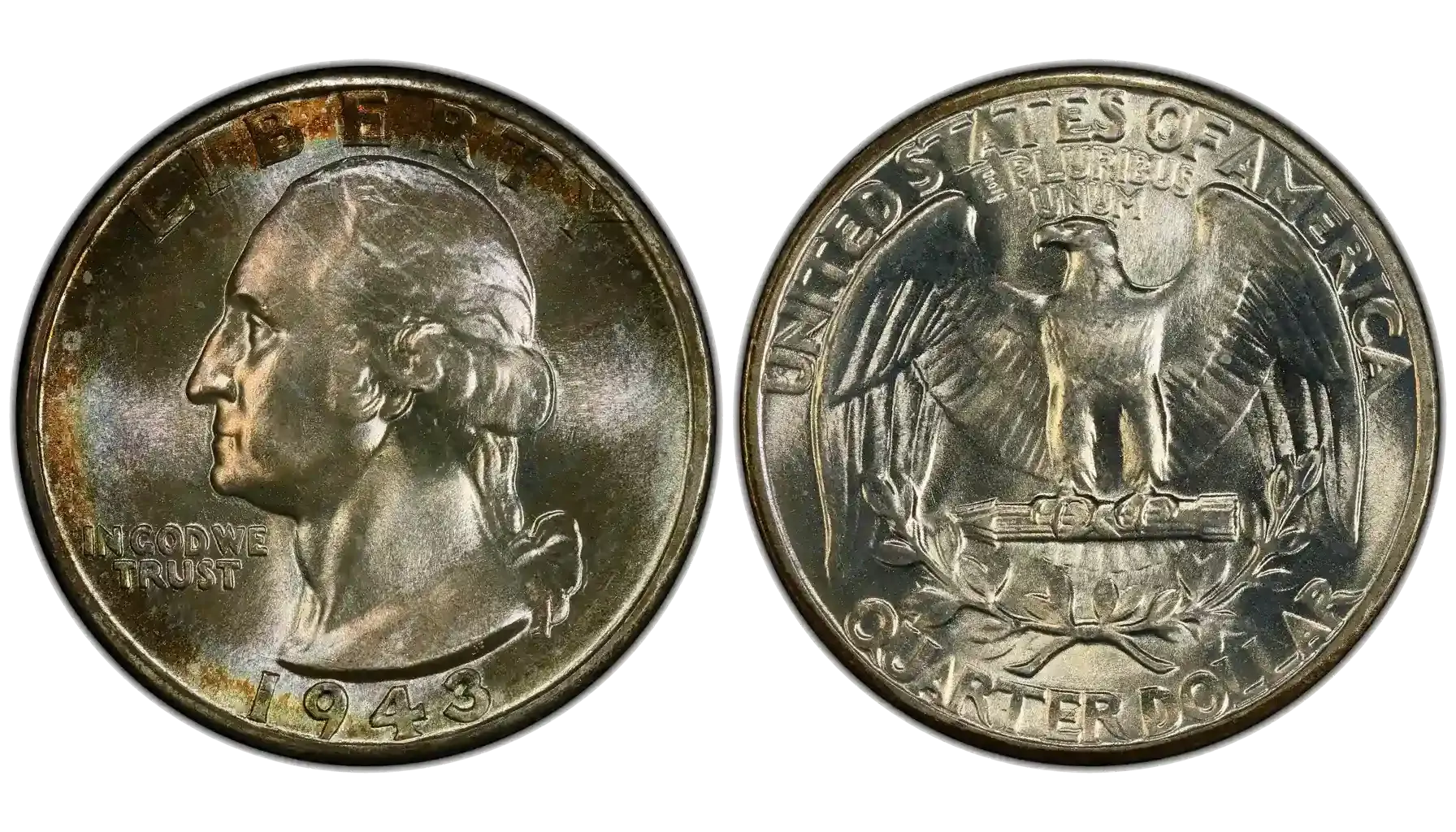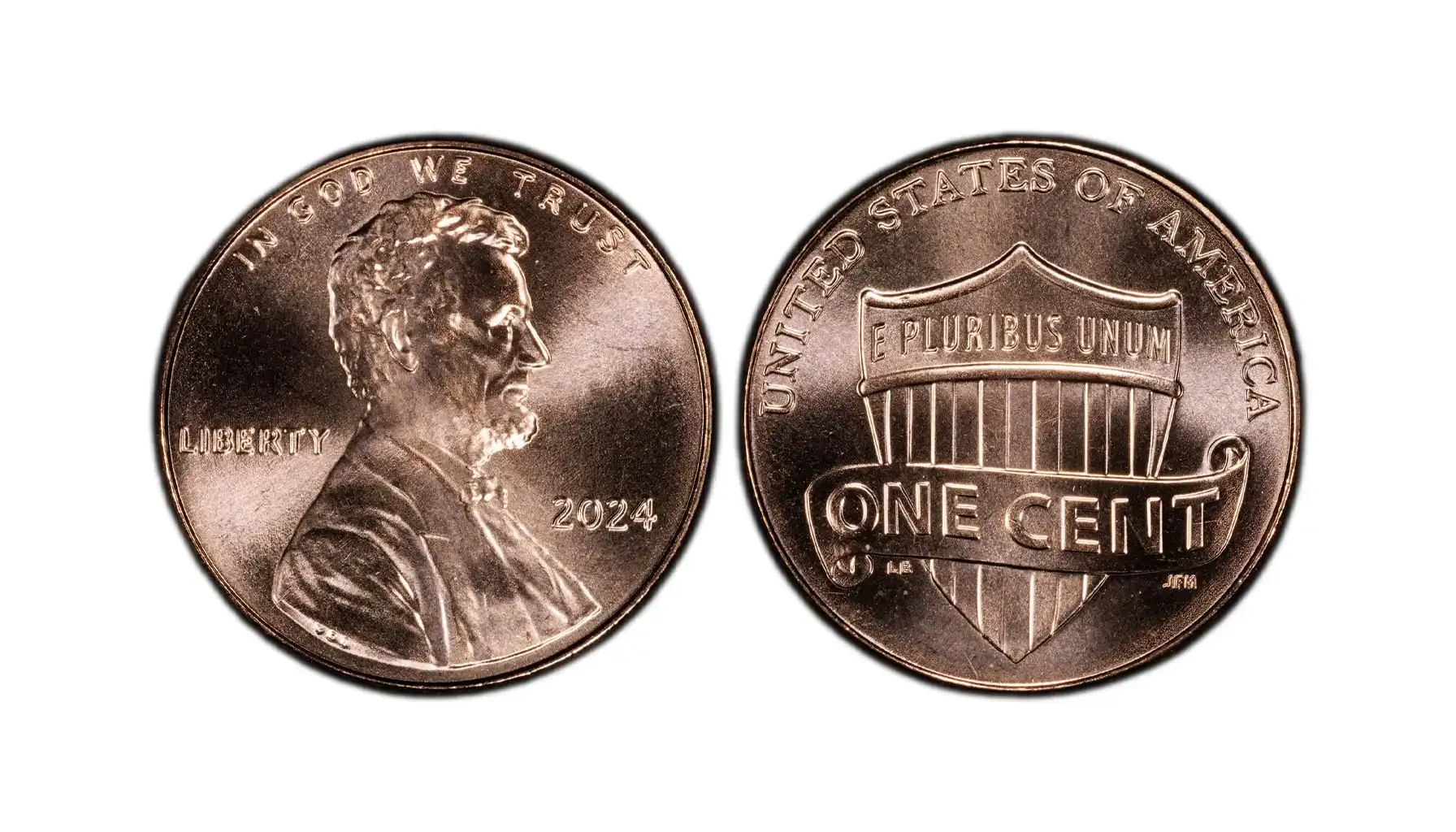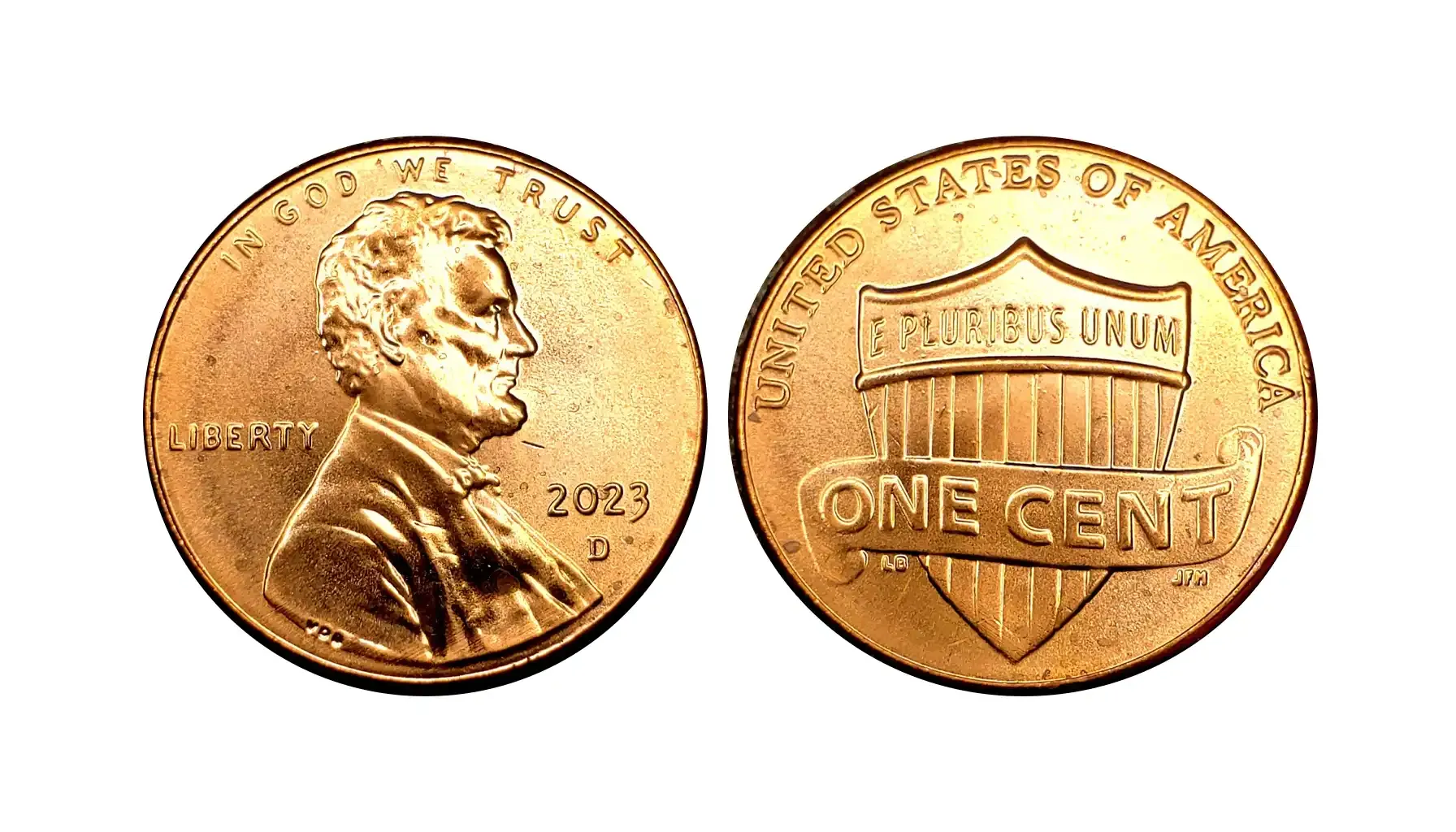Contents:
When stumbling upon an unknown coin, one may easily put it back into the wallet and forget about it for good. Nevertheless, numismatists know how valuable it may be to suddenly find a monetary creation and read its story from its face. The 1978 penny is indeed one of those ambiguous instances that may look ordinary but odd, casual but rare.
The value of a 1978 penny is as diverse as the numismatic field itself, and this definitely makes these explorations even more captivating and intriguing. So, what is a 1978 penny worth? What does it look like, and why do collectors appreciate this piece so much? Let us check the coin value and delve into its specifications together.
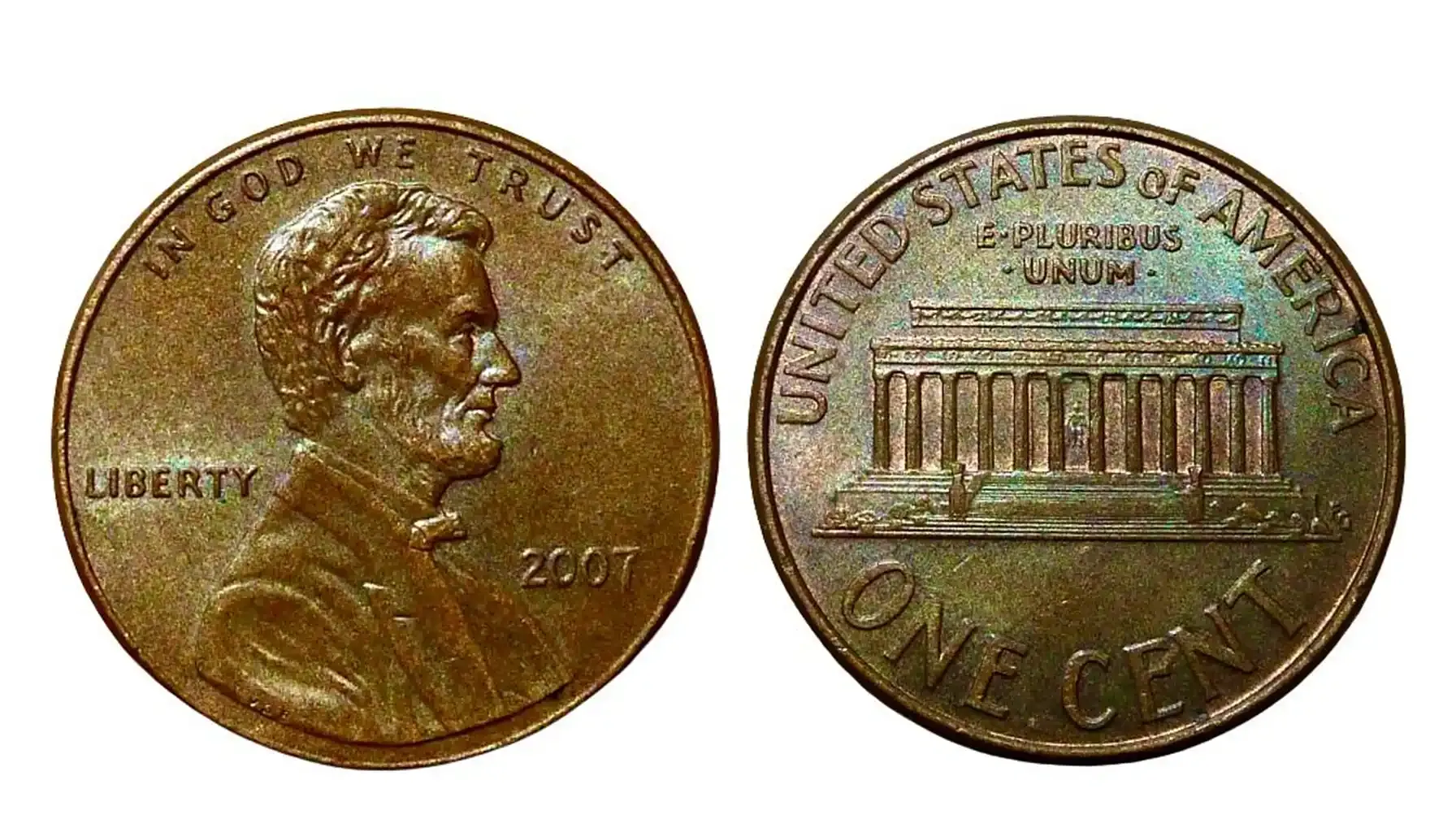
A Quick Look at the 1978 Penny
The 1978 penny, which belongs to the US Mint's long-running copper-plated zinc coin series, is not particularly unique or unusual. However, the historical background and the details of its creation together comprise an extraordinary context for this coin to set off the hunt.
The obverse (front) side of the 1978 penny bears the renowned profile of Abraham Lincoln, while the reverse (back) displays the Lincoln Memorial, which has been featured since 1959. Like any other coins from the late 1970s (and even 1980s like the 1981 penny), the 1978 penny was composed of a 95% copper and 5% zinc mix. Compared to rarer coins from previous decades, these pennies were rather common since they were made in massive quantities — more than 4.6 billion were minted that year.
Since the 1978 penny was issued at a time of economic instability and growing inflation, i.e., a period that would later result in the adoption of a new penny design and composition in the mid-1980s, it may also affect the whole coinage history of the United States. Therefore, even though the 1978 penny might have initially appeared to be a little, ordinary piece of money, its production features and heritage create a foundation for understanding its solid position in the market.
Coin Specifications: What Does a 1978 Penny Look Like?
Sometimes, it feels like all coins are the same. And yes, the design and specifications of the 1978 penny are the same as those of US pennies struck between 1959 and 2008. But what are they?
The Obverse (Front): Contains a Victor David Brenner-designed portrait of Abraham Lincoln along with the year of minting, "1978," a tiny mintmark, and the inscriptions "LIBERTY" and traditional "IN GOD WE TRUST."
The Reverse (Back): Displays the Lincoln Memorial, designed by Frank Gasparro, with the inscription "E PLURIBUS UNUM" and "UNITED STATES OF AMERICA".
Material: 95% copper, 5% zinc.
Diameter: 19.05 mm
Weight: 2.5 grams
Edge: Smooth, without ridges.
With the exception of the 1982 transition to a copper-plated zinc composition, the design and materials remain essentially the same. But how much is a penny from 1978 worth?
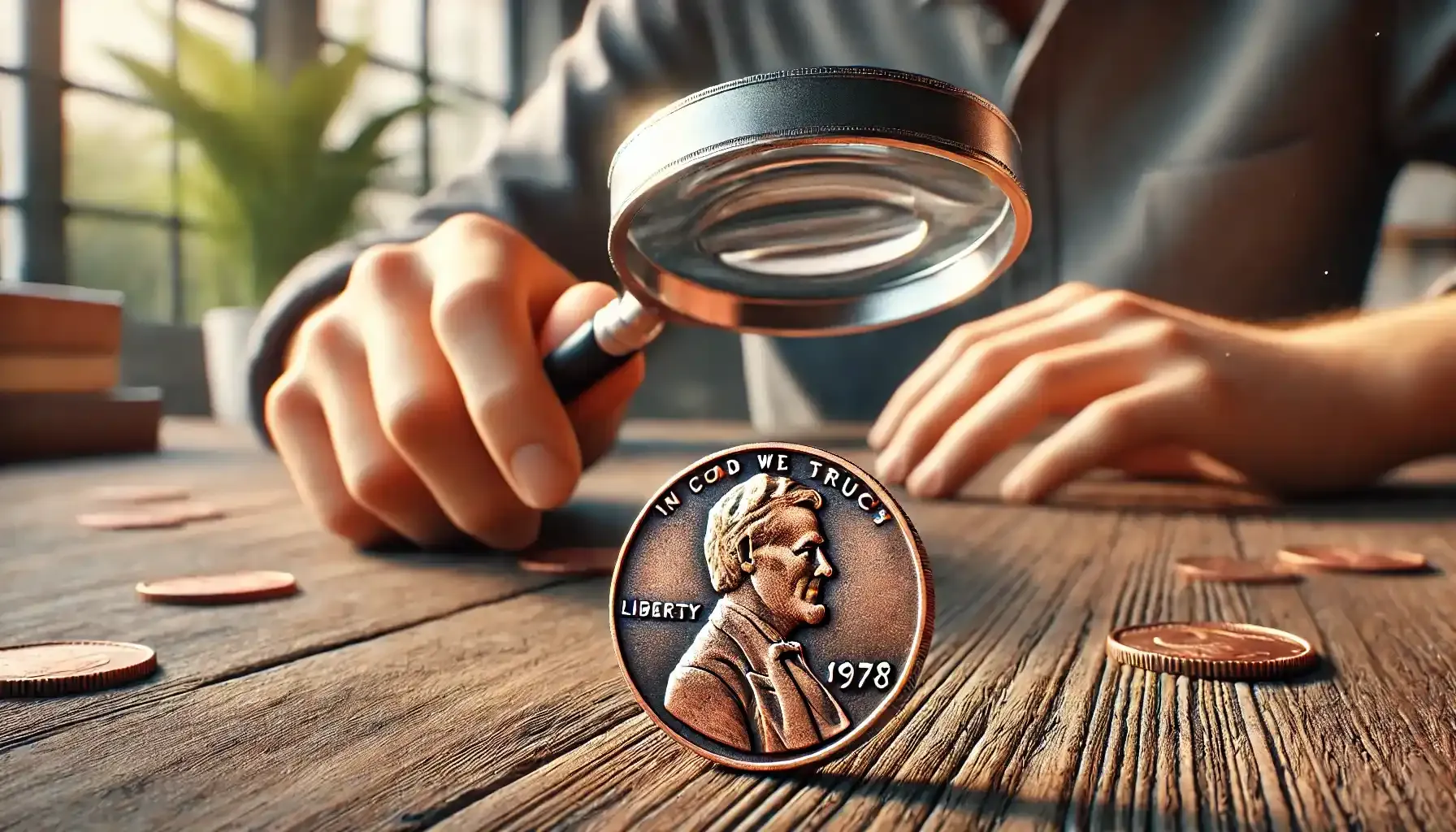
Factors That Affect the 1978 Penny Value
Grade and Condition
When assessing a 1978 penny's value, its condition is arguably the most significant factor ever found. Generally speaking, coins in better grades or those well-preserved instances are valued more than those that exhibit wear and tear. In fact, coins might be attributed with the grades from Good (G) to Mint State (MS), with MS-65 or above being considered excellent. For sure, collectors strive to obtain coins in perfect condition, though these are rare and, hence, expensive.
Die Varieties and the 1978 Penny Errors
The most valuable pennies often refer to those instances with uncommon die variations or defects, too. Even though the 1978 penny cannot boast many exceptional errors, it can be worth more if it has a few minor defects or abnormalities, such as misstrikes, double dies, or off-center strikes. Due to high levels of counterfeit and coin-related fraud, it is vital to carefully inspect each coin for any possible deviations, since these mistakes are rather rare and peculiar.
Mint Mark
The presence (or absence) of a mint mark may affect the penny 1978 value, just like it does for the majority of US coins. In the US, there have always been three major mints responsible for the production of coins on a national level. Three include San Francisco ("S", mostly for proof pieces), Denver (D), and Philadelphia (no mint mark at all).
Coins without a mintmark are often associated with the Philadelphia Mint, but the most prevalent mintmark is the Denver one (D). For collectors, the mint mark is a crucial element, even though it might not significantly alter the value.
Historical and Economic Context
Although the 1978 penny was a part of a much bigger series of coins, its value can also be influenced by how it fits into the overall scheme of US currency. For example, coins struck during times of economic instability, like the late 1970s, may have some historical value that makes them desirable to some obsessive collectors who appreciate history over aesthetics.
By the way, even modern coins can have historical significance. How? Find it out in our top 15 modern quarters worth money.
How Much Is a 1978 Penny Worth Today?
In most cases, a 1978 penny is worth only its face value of 1 cent. To be more precise, this group of pennies is still in circulation due to the fact that the US Mint produced billions of them that year. Some certain 1978 coins, however, may be worth more than one cent owing to certain circumstances, particularly if they are in exceptional condition or have something unique and surprising.
Condition/Type | Estimated Value | Description |
Average Circulated Penny | 1 cent | A well-worn coin with visible signs of wear |
Uncirculated (MS60-64) | 10 to 50 cents | A coin with no visible wear, but possibly minor imperfections from production. |
Mint State (MS65+) | 50 cents to 1$ | A high-quality coin with sharp details and minimal imperfections. |
Proof Coin (S Mintmark) | $1 to $4 | A coin struck for collectors with a mirrored, polished finish. |
Rare Errors | $5 to several hundred dollars | Value depends on the rarity and severity of the error. |
Anyway, the value increases with unique features taken into consideration. If in circulation, the 1978 penny no mint mark value can be very little above its face value of one cent. However, if graded About Uncirculated or above, the coin may cost more than $1, which is quite good for this type.
Tools to Evaluate Your Coins at Home
Should you wish to evaluate your 1978 penny and determine its current worth, having the appropriate instruments can make a difference. Here is what you might require so as to get through this procedure successfully.
Magnifying Glass or Loupe: To examine the tiniest details, surface wear, and any minting errors like double dies or misstrikes, it is necessary to possess a coin loupe with at least 10x magnification. This is not really expensive, only $10 and $30, and the loupe is yours.
Digital Caliper: Another tool to mention is the digital caliper which is widely used to measure the thickness and diameter of your coins with precision. A 1978 penny, for instance, should have a diameter of 19.05 mm. The usual price range for a digital caliper is $15 to $40, which is relatively low in the long run.
Digital Scale: To identify counterfeit coins, do not hesitate to rely on a digital scale that weighs coins to the gram. The weight of a 1978 cent should be 2.5 grams (no fluctuations are permitted).
Coin Grading Guide or App: To determine your coin's value, you must grade it first. To ascertain the coin's condition on the Sheldon Scale (from Poor to Mint State), you can use a grading guide or coin grading app such as Coin ID Scanner. Let the system compare your coin's photo to a collection of high-resolution images and receive comprehensive details regarding your instance. Besides, it is free to use, though!
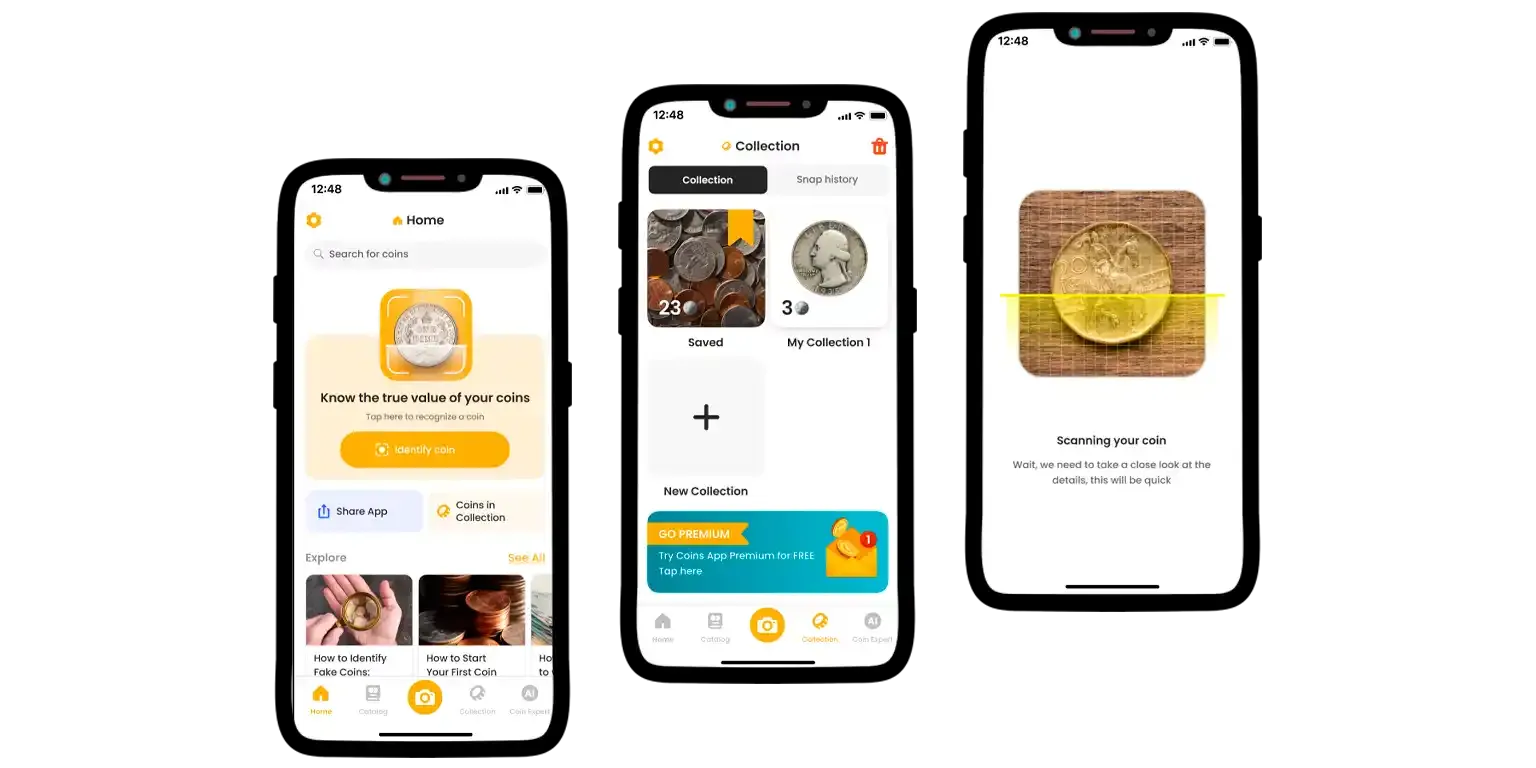
The 1978 penny might not be particularly special, but its ordinariness can be its unique feature to look for. There are no bad or uninteresting coins, there are only those that can create a certain context and those that fail to do so. Grab your collection and look: what if it is missing a new penny to be incorporated soon?

